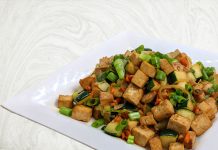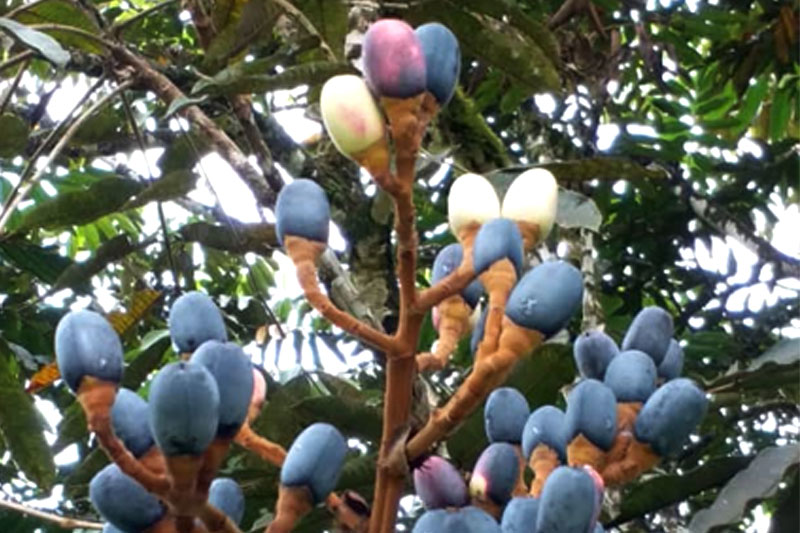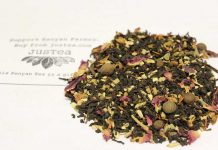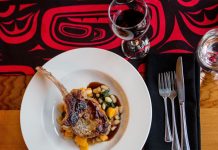Why the cuisine of Vietnam is capturing global taste buds? Find out the Vietnamese dish that may be just what you need to relieve a cold.
Vietnamese cuisine is experiencing a renaissance. In the tightly seated Bon Café, owner Hau hurriedly tallies the bills while servers scurry to keep pace with customers’ orders. Business is brisk at the small family-run Vietnamese eatery located on Vancouver’s vibrant Main Street.
From Bangkok, Tokyo, Paris, New York to Vancouver, food-savvy urbanites are viewing Vietnamese cuisine in a fresh perspective.
In the kitchens, chefs are pushing boundaries to create innovative dishes using authentic Vietnamese ingredients to appease sophisticated palates.
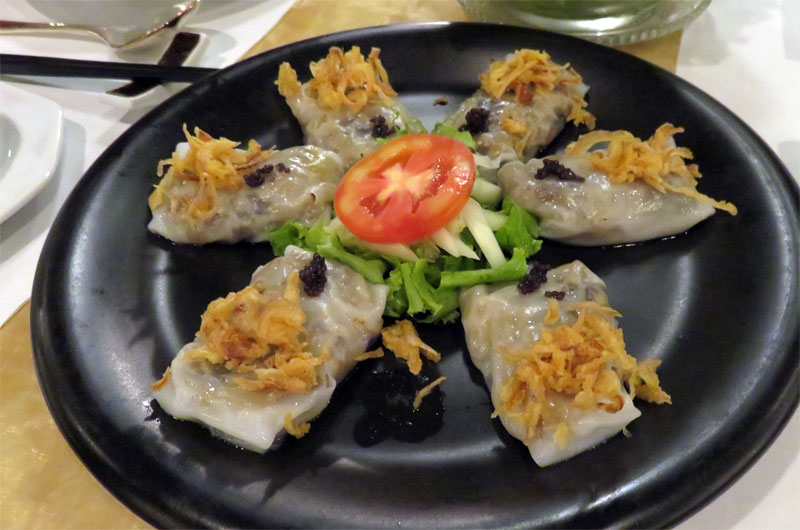
Eating is one of the pleasurable travel experiences, says Vietnam Consul General Pham Manh Hai in Vancouver. From street food to fine dining, the republic’s gastronomy mirrors the country’s culture and lifestyle.
Why is this Southeast Asian cuisine captivating global taste buds?
The cuisine is simple, healthy, flavourful and exotic with an infusion of other Asian and French influences.
The popularity of Vietnamese cooking has also boosted its tourist arrivals. Pham added that to date, Vietnam welcomed 11 million visitors this year.
Former US President Barack Obama’s visit to the country in 2016 may have given Vietnam a tourism boost.

In Vietnam, food is more than just a meal. It’s a passion. Recipes are closely guarded secrets passed down from one generation to the next.
Traditional Vietnamese cuisine is a rich melange of heady flavours. They include dishes such as, pho soup noodle, crunchy fried spring rolls, hue beef rice vermicelli stew and Vietnamese sandwich.
These and many other classic dishes found on the streets of Vietnam are now appearing even on non-Vietnamese restaurant menus.
Vietnam is a must add on to any foodie’s bucket list.
CNN Travel has listed 40 Vietnamese dishes you can’t miss. Food in Vietnam is inexpensive.
It’s easy to find food on the streets. Just follow the aromatic vapours of cinnamon, cloves, and star anise wafting from the soup cauldrons that made pho, the most popular national dish.
Pho and the French Connection
Pho is quick, inexpensive and available throughout the day. Culinary connoisseurs surmised that the classic pho may be a Vietnamese version of the French beef stew, pot au feu, birthed in Northern Vietnam during the French rule over a century ago.
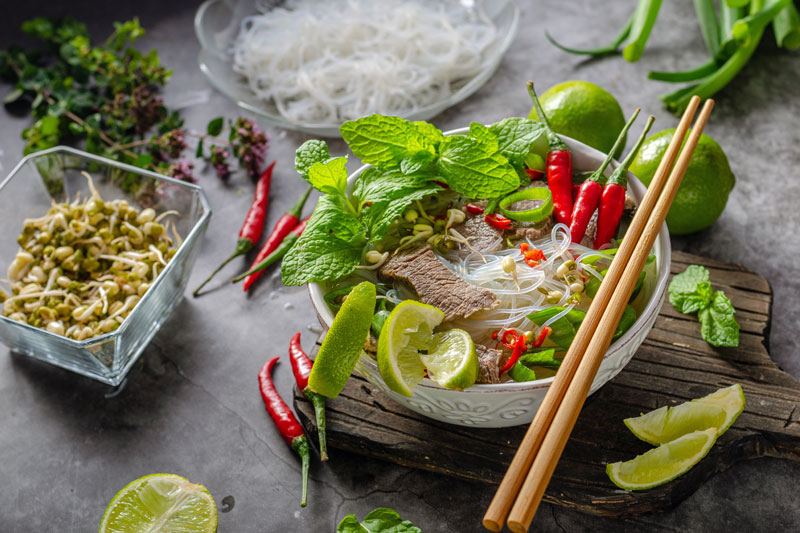
The wholesome and belly-warming dish is made with chewy rice noodle and thinly-sliced beef quickly simmered in rich beef broth. The secret to a bowl of delicious pho is in the broth.
A Vietnamese staple, pho recipe varies depending on geographical region, says Nguyen Thi Nguyet Nga, consul of Vietnam in Vancouver.
The broth is made from boiling beef bones and spices such as, star anise, cloves, cardamom, cinnamon, coriander seeds and ginger. To enhance the flavour, chicken bones and dry squid are sometimes added to the mix for the Southern Vietnamese pho nam.
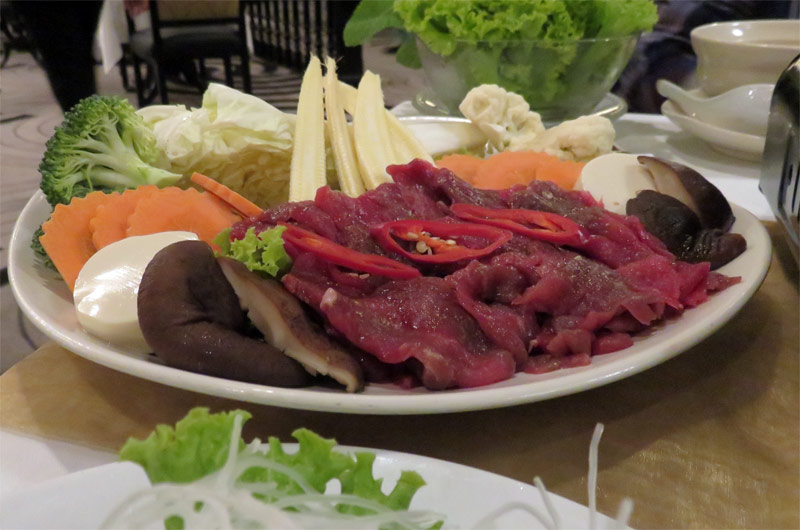
Diners can opt for thin or wide noodles with a choice of meat or seafood. Garnishes consist of bean sprouts, lime, Thai basil leaves and occasionally a selection herbs and leafy greens.
Up north in Hanoi, a bowl of pho bac comes with flat, wide rice noodles and thinly sliced beef quickly cooked in clear consume made with only boiled beef bone broth.
Pho bac has less green garnishes compared to pho nam. The taste is more intense, delicate and salty. In contrast, pho nam is sweeter in flavour with more ingredients added to the broth making it cloudy.

The Cold Remedy Dish
Minus the sodium, pho soup might be just what you need as a cold remedy, according to Dr. Oz., American surgeon and celebrity host. It may well be one of the secrets that keep Vietnamese women slim.
Just as pizza and pasta has brought global attention to Italian cuisine, the ubiquitous pho – Vietnam’s soul food shines a spotlight on the country’s gastronomy and culture; its history of triumphs, tribulations and influences that shaped the thriving Asian nation today.
Published: December 17, 2017 | Images Updated: January 07, 2025





